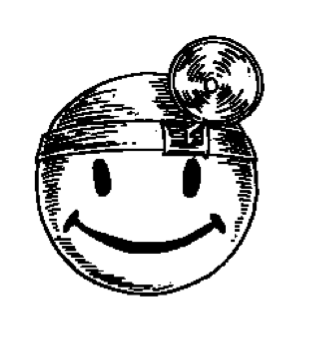I.
It is entirely possible that if you met Dr. Martin Seligman in an airport lounge, or in a coffee shop, or in any other place conducive to encounters with strangers, and you had gotten to talking, and he had thought that you were smart or connected or otherwise worth knowing, he would have delivered his positive psychology sales pitch. Positive psychology, he might have said, was his idea for shifting his field’s focus away from negative things like depression and anxiety and mental illness. A positive psychology would center on optimizing things like courage and hope and joy; it would be a science that focuses on the needs of regular, non–clinically ill people like you and me, he might have explained.
Like all good salesman, though, Seligman would likely have wanted to make sure that his pitch began, in fact, before it began. He might have eased you into it—told you about his professorship at the University of Pennsylvania before segueing into the fact that he was now also the head of the American Psychological Association. He might have told you about several of his books, The Optimistic Child and Learned Optimism, perhaps, and if he could find a moment when it seemed naturally relevant, he might have mentioned that the latter was a best-seller.
Of course, what he would have been trying to tell you in not so many words is that he has been, in recent decades, a sort of psychology superstar—“the Meryl Streep of the field,” according to one young psychologist I talked to—and that he has been renowned by his peers for his work on optimism and pessimism and a third field of research which he believes is affected by the first two, something he has termed “learned helplessness.” If it seemed not too boastful a move, he might have dropped the name of a reporter or producer who’d interviewed him, one from the New York Times or Good Morning America, depending on what kind of a person you seemed to be. Or he might have told you that, as a young man, he’d been friendly with Carl Sagan, or how great Kathleen Hall Jamieson was. Oh, Jamieson’s name didn’t ring a bell? He would have explained.
Having set the stage, he would officially have begun the pitch. He would likely have spoken in sweeping terms at first—generational and dramatic and even millennial terms—of where we are. America is at a point in its history where we have the best of everything yet we’re still not happy, he might have said. “Our young people have, by every economic statistic, by every objective index of well-being,...
You have reached your article limit
Sign up for a digital subscription and continue reading all new issues, plus our entire archives, for just $1.50/month.
Already a subscriber? Sign in





